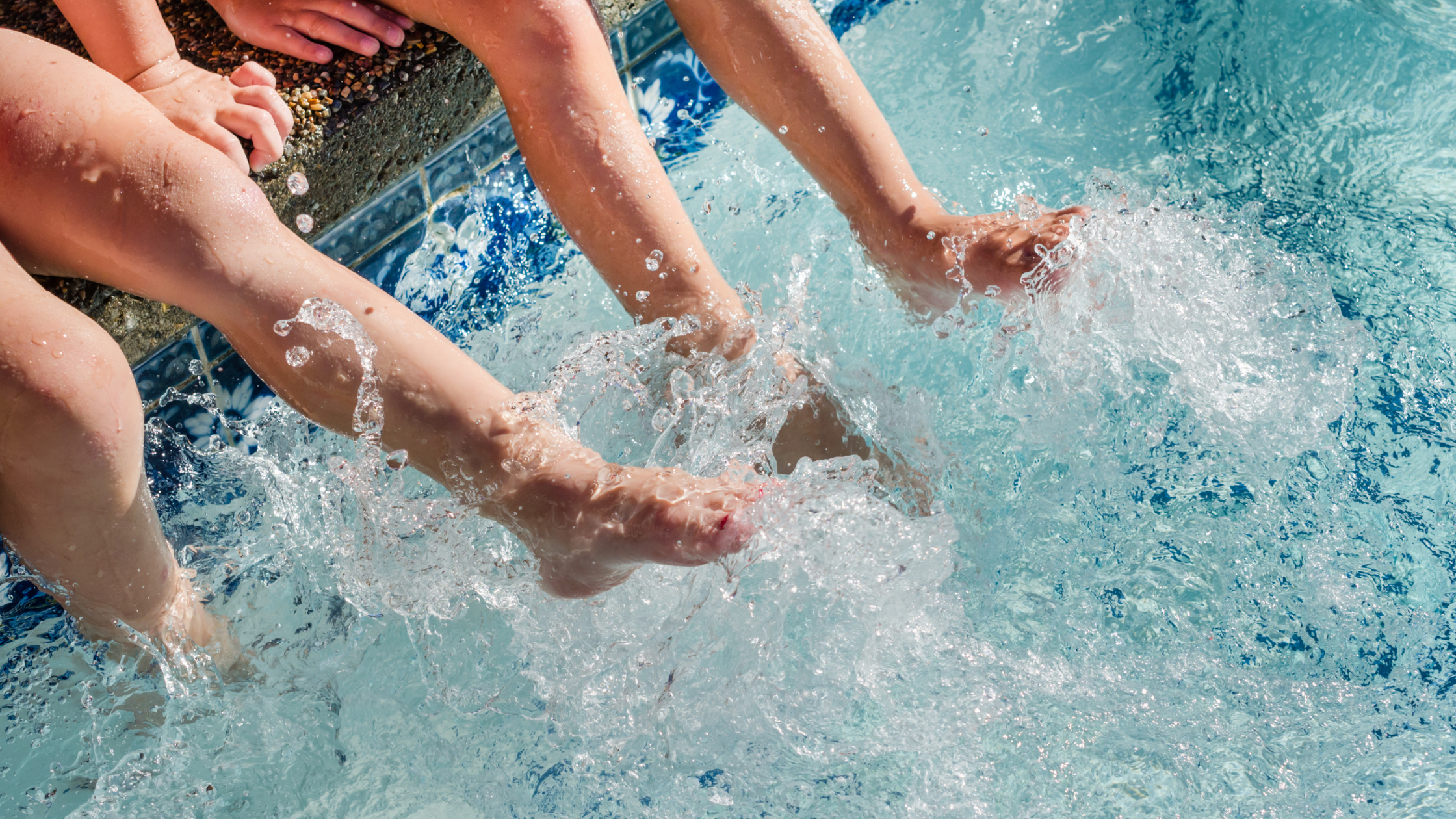Shoulder pain can affect much more than just our comfort. It can limit our ability to pick up our children, carry groceries, or even reach for something on a high shelf. If you’ve been struggling with nagging shoulder pain, there’s a strong possibility it may be due...
A stress fracture is a small crack within a bone. However, unlike acute fractures, which occur from a sudden injury, stress fractures gradually develop over time and are common among athletes, runners, and individuals with physically demanding lifestyles. These tiny,...
Tendons are tough, fibrous tissues that connect muscle to bone and play a critical role in our movement, from helping us swing a tennis racket to allowing us to lift groceries or climb the stairs. But for all their strength and flexibility, tendons are also...
Make A Splash – But Do it Safely! Our Tips for a Safe, Fun Season by the Water

Here in the Northeast it’s the height of summer. That means plenty of hot, humid days, so of course hitting the pool, lake, or beach is the thing to do! While swimming and related activities are great – and fun – ways to cool off, being in the water comes with risks. Therefore, it’s important to keep safety as a priority!
With even the most responsible people, unfortunate accidents can still occur, so it’s important for everyone to understand the risks associated with enjoying the water. Around pools, one should always walk slowly and carefully near a wet pool area to prevent slipping and falling. A concussion can easily occur if a fall happens near the edge of the pool or on the steps of a slide. And don’t forget the danger of jumping into a shallow pool, especially diving head first. This mistake can lead to a severe injury, paralysis, or even death. Children in particular should avoid games like “shoulder wars” or “Chicken” in shallow pool areas or near the pool edges, as this is one of the most dangerous yet popular pool games. Concussions can occur if a child falls near the edge of the pool or the floor of the shallow end.
Swimming in a pool, lake, or ocean is great exercise, but water-related injuries can be disastrous. Drowning is a top common cause of death by unintentional injury from kids between the ages of one and four, according to the Centers for Disease Control and Prevention (CDC). “While children are at highest risk, anyone can drown. Every year in the United States there are an estimated 4,000 fatal unintentional drownings, including boating-related drowning, which is an average of 11 drowning deaths per day.” Even those who are good swimmers can get injured in and around water-related activities like diving, water sports, and boating. We recommend wearing sand shoes to protect feet at the beach, as minor injuries from cuts or even burns can lead to more severe problems later on. In the ocean, watch out for those strong waves that can knock you over, or cause a boogie board to pop up and hit you in the face. And always, always heed all lifeguard directions!
The most reliable way to ensure safety is to be aware of your surroundings, and keep a close watch on children at all times. Set an example; adults should practice water safety for themselves, and kids will follow their lead. When on a boat, make sure everyone wears a Coast Guard-approved life jacket, even those considered good swimmers. While in or around water, avoid drinking alcohol, which can impair your judgment. Take proper precautions; if the pool is not fenced in, be sure to cover it when it is not in use to prevent a child from falling in. Teach kids to use the buddy system and look out for friends and siblings, especially families with young children. The more people who are willing to help, the better.
The most common water-related accidents are completely preventable by simply staying vigilant. By setting rules, being prepared, and practicing common sense, everyone can safely enjoy the water as long as the hot weather lasts. Stay cool, stay safe, and have fun.
